Social Media 101 - The Basics You Need to Know
Whether you’re running a business, building a personal brand, or just want to connect better online, social media is your digital storefront. Here’s the quick guide to getting it right from day one.
1. Pick the Right Platforms
You don’t need to be everywhere, just where your audience is. One of the biggest mistakes people make is trying to post on every platform at once, but spreading yourself too thin usually means your content suffers, your energy drops, and your results slow down. Instead, focus on the platforms where your audience actually spends their time.
If you’re selling products with strong visuals, Instagram or TikTok might be your sweet spot. If you’re in B2B or looking to network, LinkedIn will deliver more value than Snapchat ever could. And if you want to tap into local communities, Facebook Groups and neighborhood pages can outperform trend-based apps. Start with one or two platforms you can manage well, learn what works there, and only expand later if it makes sense. In social media, depth beats width, it’s better to dominate one platform than be invisible on five.
2. Nail Your Profile Setup
Your profile is prime real estate, it’s the first impression people get when they find you online, and it can make the difference between gaining a follower or losing them in seconds. A clear, high-quality profile photo or logo instantly signals professionalism and trust. Your bio should be short but powerful, using plain language and relevant keywords so people know exactly who you are and what you offer. And don’t waste your link, send it to your main website, store, or a link page that connects visitors to everything you want them to see. Think of your profile as a storefront window: if it looks inviting, clear, and worth exploring, people will step inside.
3. Post with Purpose
With so much content out there, frequency matters, 3–6 times a week keeps you visible without burning out. Every post should have a clear goal, whether it’s to educate, entertain, inspire, or sell. Random posting without intention is like throwing darts in the dark; you might get lucky, but most of the time the effort is wasted. Educational posts position you as an expert and build trust, entertaining posts keep your audience engaged and coming back, inspiring posts connect with people on an emotional level, and selling posts drive direct action. The key is balance if every post is a sales pitch, people tune out, but if every post is purely for fun, your audience may not see you as a serious brand. When you know your goal before you hit “publish,” your content will be sharper, more relevant, and more likely to get the results you want. Use high-quality images or video and keep captions short and engaging.
4. Use Hashtags & Keywords
Hashtags help people find you, and keywords help platforms know what you’re about. Think of hashtags as signposts, they guide potential followers to your content when they search for topics they’re interested in. The right hashtags can put your posts in front of people who have never heard of you but are already looking for what you offer. Keywords work behind the scenes, telling the platform’s algorithm how to categorize your content so it reaches the right audience. Using both effectively means you’re not just shouting into the void—you’re placing your content where it’s most likely to be discovered by people who care. Use 3–5 relevant hashtags per post, but avoid spammy or unrelated tags.
5. Engage, Don’t Just Broadcast
Social media is a two-way street. It’s not enough to just post your content and walk away, you need to actively engage with your audience to build real connections. Replying to comments and messages shows people you’re listening and that you value their input. Sharing and commenting on others’ posts helps you become part of a community rather than just a broadcaster. Asking questions encourages conversations and lets you learn more about what your audience wants. When you treat social media as a place for genuine interaction, you turn followers into loyal supporters and create a network that works for you.
6. Track & Adjust
Look at your analytics regularly, monthly is a good rhythm to start with. These insights show you what content resonates with your audience and what falls flat. Instead of guessing, use real data to guide your strategy: double down on posts and formats that get engagement, clicks, or shares, and drop the ones that don’t perform. This ongoing adjustment keeps your social media fresh, efficient, and growing, so you’re always moving forward instead of spinning your wheels.

